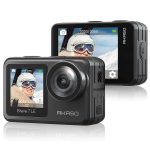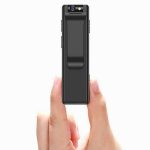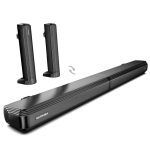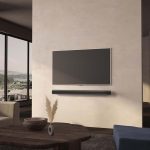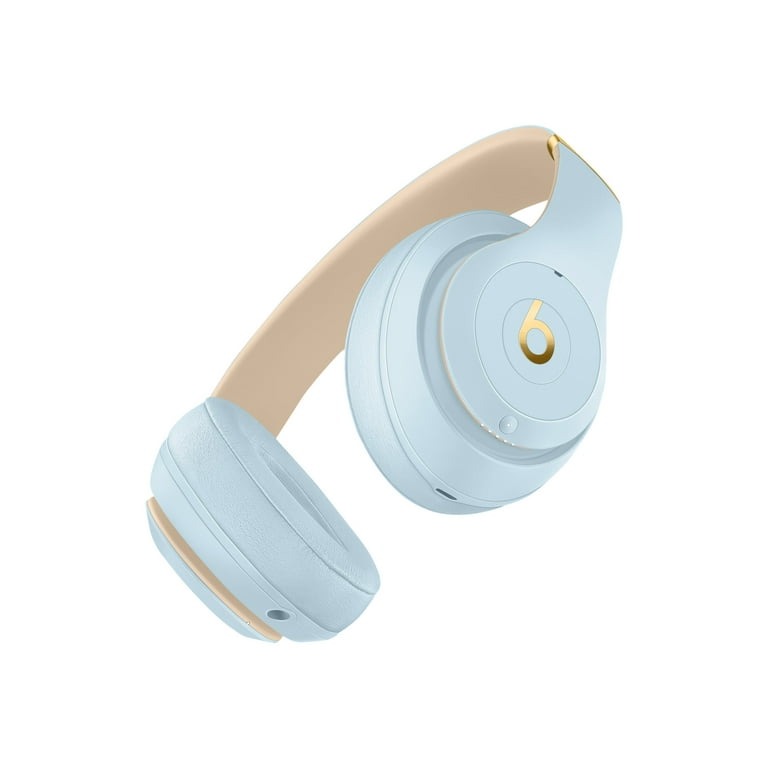Experiencing connectivity issues with your headphones can be frustrating, especially when you rely on them for work, entertainment, or communication. If you’ve ever found yourself asking, “Why are my headphones not connecting?” you’re not alone. This article delves into the most common reasons behind headphone connection problems and provides detailed solutions to help you troubleshoot effectively.
Common Connectivity Issues and Their Causes
When you encounter a problem where your headphones aren’t connecting, several culprits could be to blame. Identifying these common issues is the first step in resolving your connectivity woes. Here are the typical causes that prevent your headphones from pairing with your device:
- Device Compatibility: Some headphones may not be compatible with your device. Check the manufacturer’s recommendations.
- Signal Interference: Numerous devices or physical obstructions can disrupt Bluetooth signals.
- Outdated Drivers or Software: Ensure your device and headphones have the latest software updates.
- Battery Issues: Insufficient charge in your headphones can prevent a successful connection.
- Proximity: Headphones need to be within a certain range of the device to connect.
- Already Connected Devices: Your headphones might be trying to connect to a device they’ve been paired with before.
By understanding and checking these factors, you can begin to troubleshoot why your headphones are not connecting.
Step-by-Step Pairing Process
When faced with the question, “Why are my headphones not connecting?” following systematic troubleshooting stepsTo establish a connection between your headphones and your device, follow this simple step-by-step pairing process:
- Charge Your Headphones: Ensure your headphones are fully charged to avoid connectivity issues related to low battery.
- Enable Bluetooth: On your device, go to the Bluetooth settings and turn on the Bluetooth function.
- Put Headphones in Pairing Mode: Consult the manual or press and hold the power button on your headphones until the pairing mode activates, often indicated by a flashing light.
- Select Your Headphones: On your device’s Bluetooth settings, look for the name of your headphones and select it to initiate pairing.
- Confirm Connection: Once you select your headphones, wait for a confirmation message or sound that indicates successful pairing.
- Check for Audio: Play some audio on your device to ensure that the headphones are working correctly.
- Troubleshoot If Needed: If you do not hear sound, double-check the volume levels and make sure that the headphones are set as the default audio device.
- Repeat Steps if Necessary: Sometimes, you may need to go through the pairing process again if the first attempt was not successful.
Remember to keep your device and your headphones close together during the pairing process to avoid any connection issues due to distance or signal interference. Following these steps should help you connect your headphones seamlessly.
Checking Compatibility of Devices
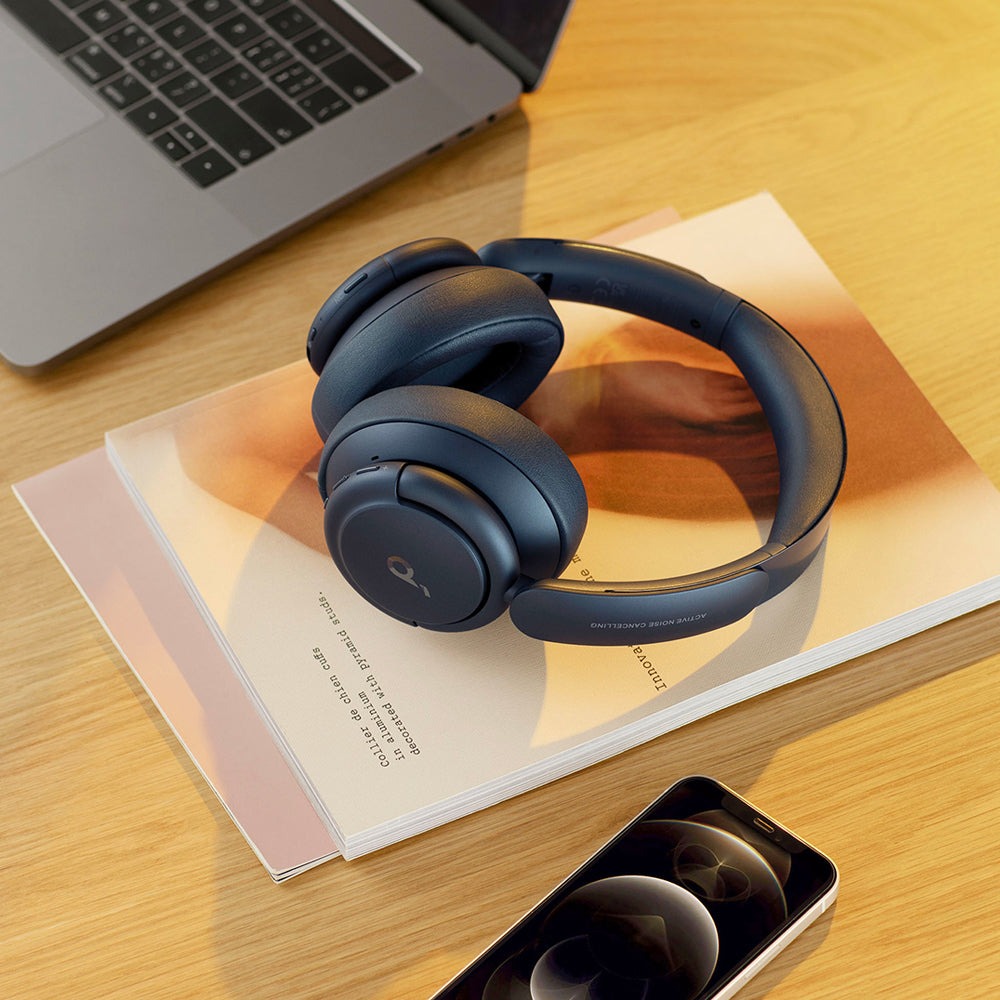
When your headphones won’t connect, compatibility is often the culprit. Here’s a clearly structured approach to ensure your devices can communicate with each other:
Confirm Bluetooth Version Compatibility
Check if your device and headphones support the same Bluetooth versions. This step is crucial to establish a connection.
Look for Device-Specific Limitations
Some headphones may have limitations with certain devices. Visit the manufacturer’s website for a compatibility list.
Update Device Operating Systems
Ensure your smartphone, tablet, or computer has the latest operating system update. Outdated systems can cause connectivity issues.
Check Headphone Specifications
Read through your headphone’s specifications to match them with your device’s capabilities. Mismatched specifications can prevent pairing.
Assess Multi-Device Pairing Features
Certain headphones connect to one device at a time. If your headphones are already connected elsewhere, they won’t pair with a new device.
Following these checks can swiftly resolve compatibility problems and get your devices paired for optimal performance.
Addressing Audio Distortions and Sound Quality Concerns
When your headphones connect but the sound is off, it’s often a Bluetooth issue. Here’s how to fix these problems quickly:
Check the Audio Source Quality
Ensure the music file or streaming quality is not the issue. Use high-quality audio files for testing.
Re-Pair the Headphones
Turn off and then turn on the headphones. Remove them from your Bluetooth list and pair again.
Reduce Signal Interference
Move closer to your device and away from Wi-Fi routers or other Bluetooth devices.
Keep Devices Charged
A low battery can affect sound quality. Charge both your device and headphones fully.
Update Headphone Firmware
Check if your headphones have an update available and install it. This often fixes audio issues.
Change Audio Output Settings
On your device, select the headphones for sound output. Check they are not set to a hands-free profile.
Reset Bluetooth on the Device
Switch Bluetooth off, wait, and switch it back on. This can clear minor connectivity glitches.
Contact Support
If problems persist, reach out to the headphone manufacturer’s support for help.
Following these tips should solve most distortion and sound quality concerns. Maintain your headphones well for the best performance.
Strategies for Fixing One-Sided Sound Problems
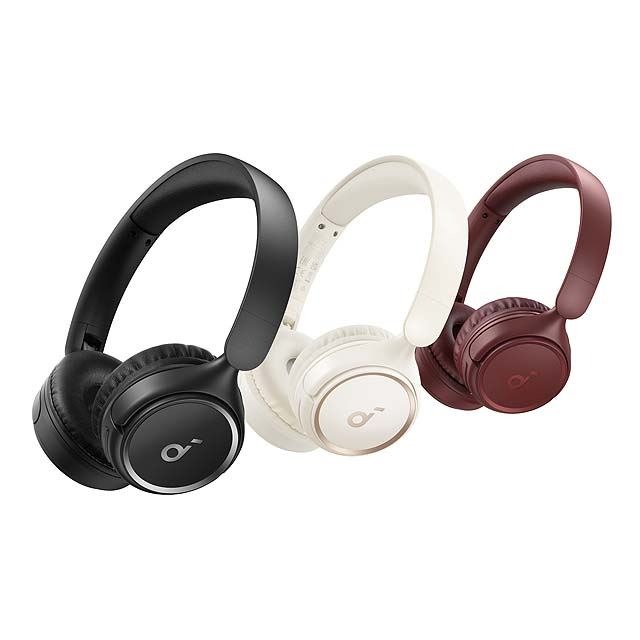
When you’re facing the issue of only one side of your headphones producing sound, it could signal various problems. Here, we discuss strategies that might help resolve this common headphone malfunction.
Check for Individual Earbud Pairing Mistakes
Sometimes the issue is as simple as your earbuds not being paired correctly. Make sure both earbuds are synced together and with your device.
Inspect for Physical Damage
Check the wire and the earpieces for visible signs of damage. Frayed wires or damaged speakers could be the cause.
Ensure Proper Charging
Insufficient battery levels can sometimes lead to one-sided audio issues. Charge your earbuds completely to rule out power issues.
Reset the Earbuds
Most earbuds have a reset function. Look up the reset procedure in the manual and follow it. This can fix pairing and sound issues.
Update Firmware
If your headphones have upgradable firmware, install the latest version. Manufacturers often release fixes for these types of bugs.
Check Balance Settings
On your device, go to the sound settings. Ensure the audio balance is centered between both ears, not shifted to one side.
Try Different Devices
Connect your headphones to a different device. This can help determine if the problem lies with the original device.
Following these strategies often fixes one-sided sound problems. If you’ve tried everything and the issue persists, it may be time to contact the manufacturer or consider a replacement.
Managing Bluetooth Device Settings
Managing your Bluetooth device settings is key to resolving connectivity issues. Here’s what to consider:
Review Current Pairings
First, check your device’s Bluetooth connections. Forget any unused or old devices to avoid conflicts.
Adjust Bluetooth Visibility Settings
Ensure your device is visible to others. Some devices may not connect if your visibility is off.
Confirm Connection Mode
Some headphones connect differently for calls and music. Check the connection mode settings on your device.
Check for Bluetooth Signal Strength
Weak signals can cause disconnection. Stay close to your device to maintain a strong Bluetooth signal.
Restart Bluetooth Function
A simple fix is often just turning Bluetooth off and on again. This can resolve many pairing issues.
By tweaking these settings, you can enhance your Bluetooth headphones’ connectivity and performance. Remember, clear communication between your device and headphones depends on proper settings.
Physical Inspection and Damage Assessment
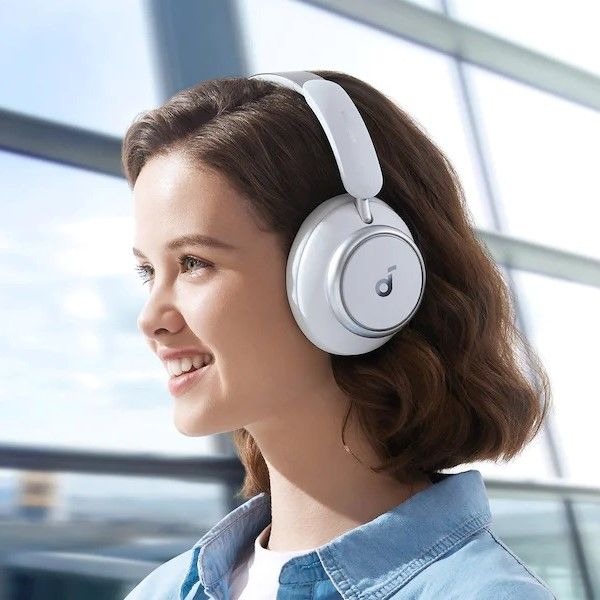
Compatibility issues between your headphones and the connecting device can lead to the frustrating question, “Why are my headphones not connecting?”When your headphones fail to connect, it’s essential to consider physical issues that might be causing the problem. Here are steps to guide you through physical inspection and damage assessment:
Visual Check of the Headphones
Examine the headphones closely for visible damage. Look for fraying wires, broken parts, or deformities. Such damage could be the reason why your headphones are not connecting.
Inspect the Charging Port
Dirt and debris can accumulate in the charging port, obstructing the connection. Ensure the port is clean and clear.
Test the Headphone Cable
If you have wired headphones or a charging cable, check it for cuts or breaks. A damaged cable might prevent charging and connectivity.
Check the Battery Indicator
Some headphones have a battery status light. Make sure it indicates a full charge. A drained battery can fail to connect.
Confirm the Earbuds are Seated Properly
In the case of true wireless earbuds, check if they are correctly seated in their charging case. Improper placement can prevent charging and connection.
Examine the Audio Jack
For wired headphones, inspect the audio jack. Bent or dirty audio jacks can lead to connection issues.
By thoroughly inspecting your headphones for physical damage, you can avoid overlooking simple fixes that might restore connectivity. If the headphones appear undamaged, proceed with further troubleshooting steps.
Advanced Solutions: Firmware Updates and Resets
When basic troubleshooting fails, advanced solutions like firmware updates and resets may help. These steps can address deeper issues within your headphones or device. Before proceeding, ensure that you have backed up important data on your device to prevent data loss.
Firmware Updates for Headphones
Firmware updates can offer fixes for various bugs that disrupt Bluetooth connectivity or audio quality. Here’s how to update your headphones:
- Check Manufacturer’s Website: Visit your headphone brand’s support page for firmware updates.
- Download Firmware: If available, download the latest firmware to your computer or use the brand’s app.
- Connect Headphones: Link your headphones to your computer or phone through Bluetooth or a USB cable.
- Start Update Process: Follow instructions provided to begin the firmware update.
- Wait for Completion: Keep headphones connected till the update process ends. Avoid using them during this time.
After updating, try pairing your headphones again to see if the issue is resolved.
Performing a Reset
A reset can clear persistent pairing problems. Here’s the process to reset your device:
- Locate Reset Option: Find the reset option on your device or in the manual.
- Initiate Reset: Press and hold the reset button, usually for a few seconds, till lights flash.
- Reconnect Device: After the reset, put your headphones in pairing mode and reconnect.
Remember, a reset will erase all previous settings and connections, making your device as new again. Use this solution as a last resort if others fail.
By employing these advanced troubleshooting steps, you stand a good chance of overcoming stubborn connection issues with your headphones.

